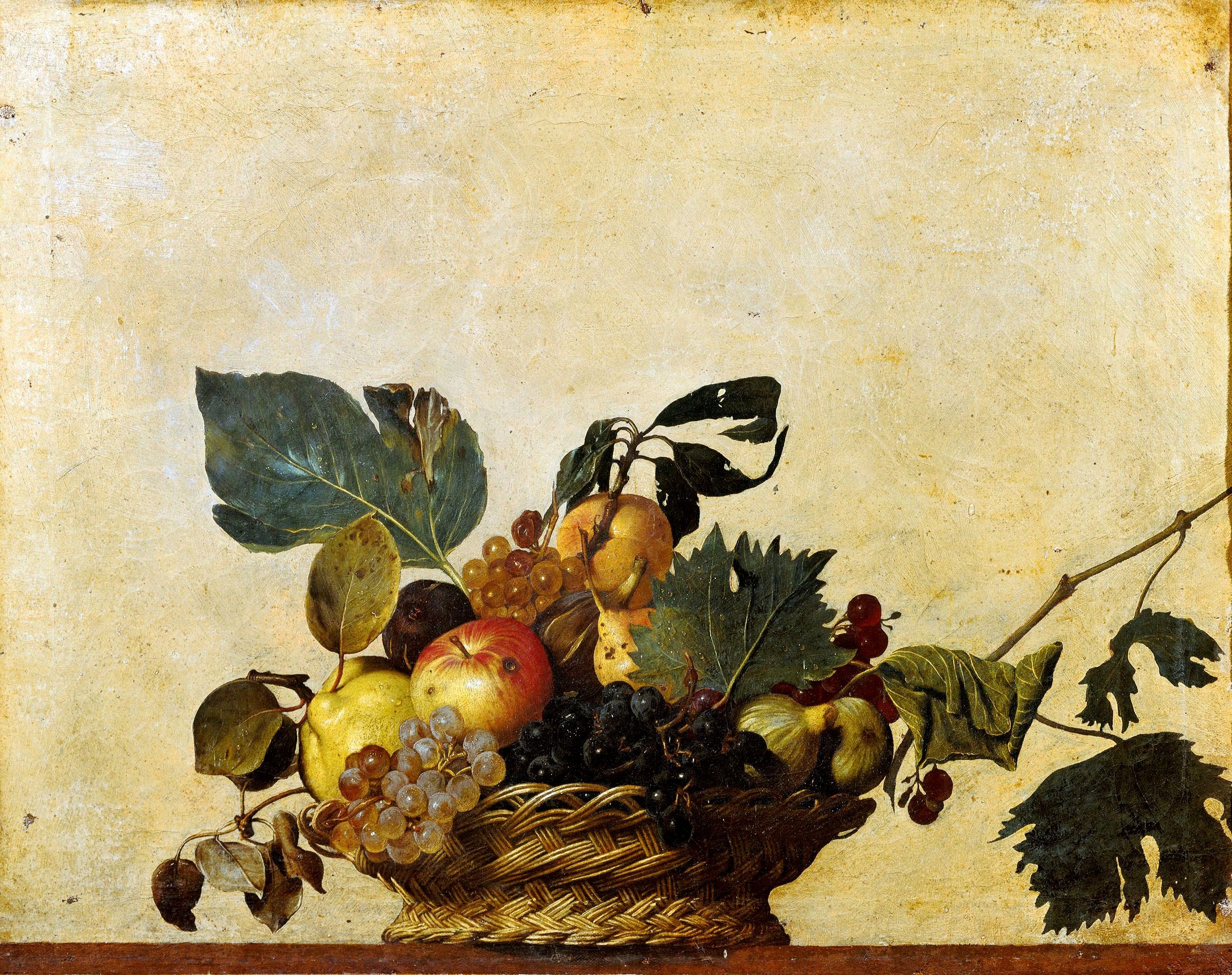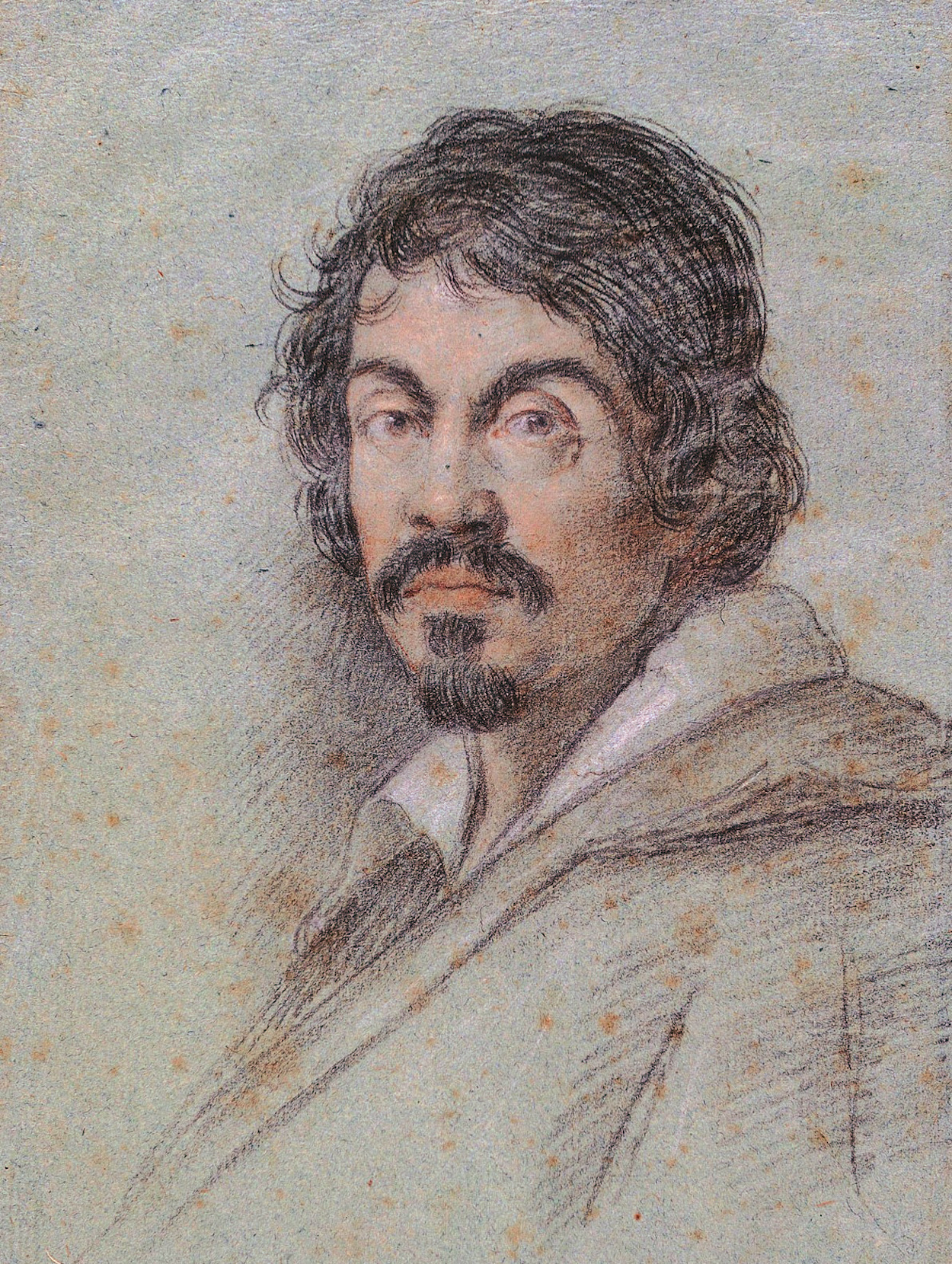We present today's absolute classic thanks to the Pinacoteca Ambrosiana in Milan. <3
This is probably the most famous painting in Cardinal Federico’s collection and formed the original nucleus of the Pinacoteca Ambrosiana. It is justly considered a sort of prototype of the genre that was to become known as still life. It represents a wicker basket laden with fruit and leaves, rendered with great realism and attention to detail, forming a sharp contrast with the neutral and abstract ground of the painting and the line of color on which the basket rests and from which it projects. Caravaggio painted this work in Rome, reusing a canvas that preserves traces of an earlier study of grotesques, possibly also an autograph, in a period that art historians place between the last years of the Cinquecento (after 1597) and the early years of the following century.
Federico Borromeo acquired it during his stay in Rome, probably thanks to the good offices of Cardinal Francesco Maria del Monte or Cardinal Benedetto Giustiniani, both patrons of the great Lombard painter. The founder of the Ambrosiana mentions this extraordinary painting many times in his writings: he explicitly compares it to works by Flemish painters (Jan Brueghel in particular), both by its subject, representing the themes of nature, and its meticulous attention to detail. He wrote that he had searched in vain for a work that could bear comparison to it, as “by its incomparable beauty and excellence, it remains unmatched,” a phrase that clearly expresses the uniqueness of this authentic masterpiece. It has been interpreted in many ways, some of which suggest a religious meaning. The extreme realism with which the fresh fruits are placed alongside those that are worm-eaten and the leaves that gradually wither and shrivel give tangible form to the inexorable passing of time.
This masterpiece is the hero of one of the weeks of our DailyArt Desk Calendar. Check it out here. : )
P.S. Do you know how Caravaggio died? The answer is not easy! Check it here!


 Caravaggio
Caravaggio